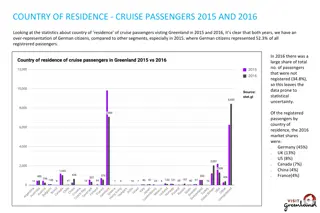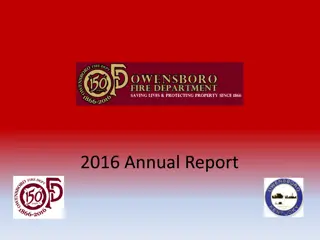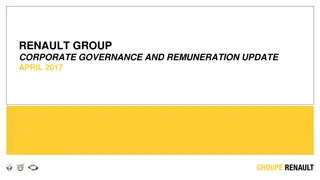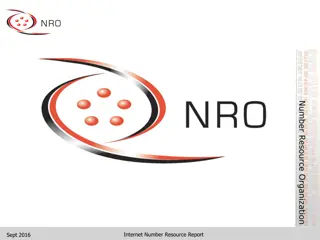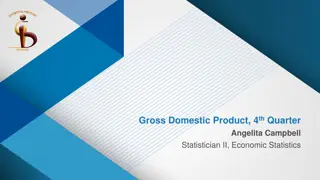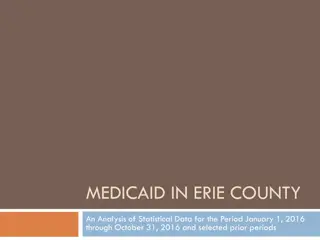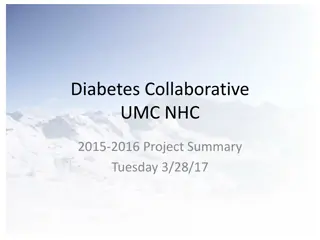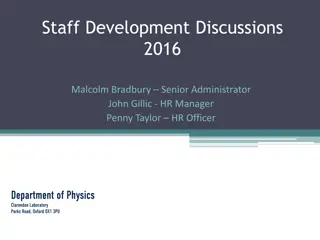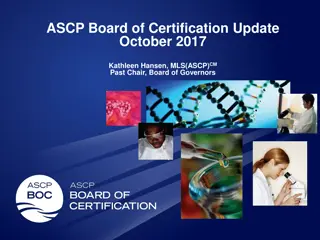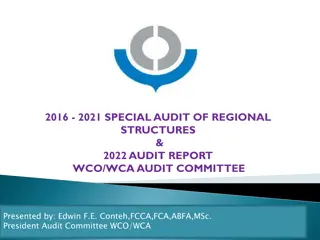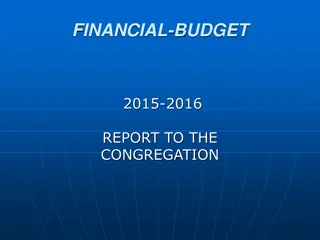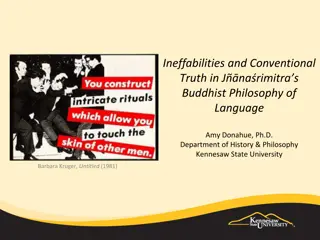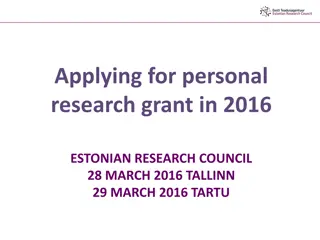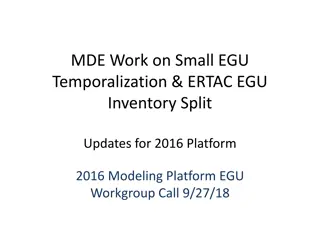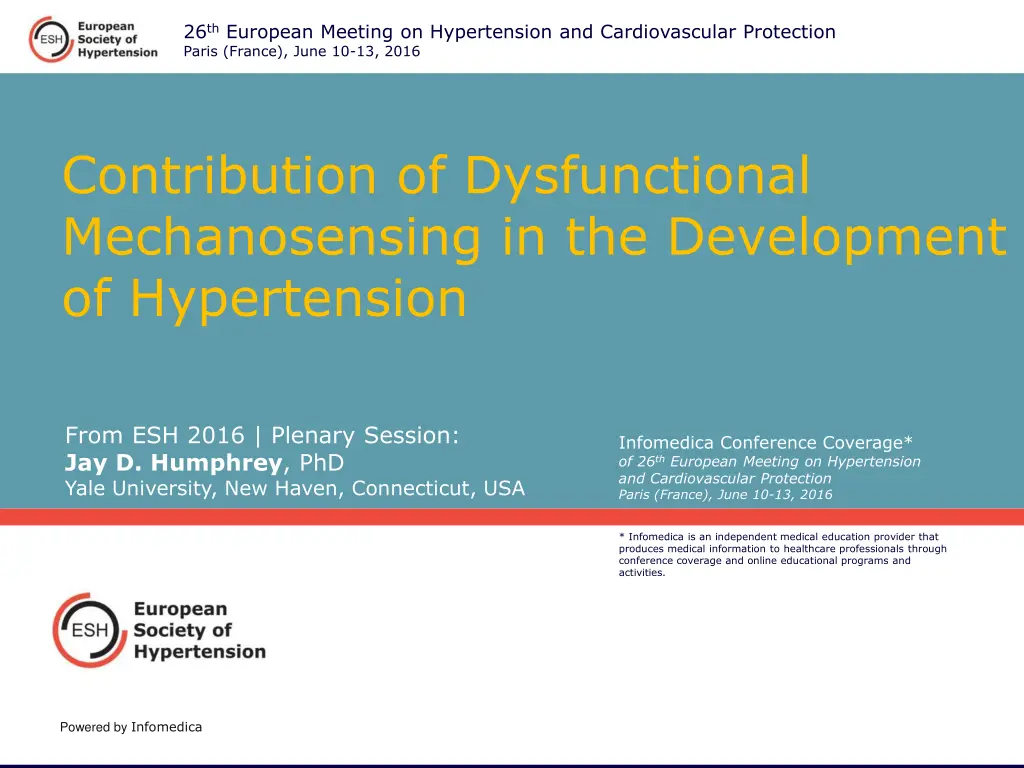
Understanding the Role of Mechanosensing in Hypertension Development
Explore the impact of dysfunctional mechanosensing on hypertension development as discussed at the 26th European Meeting on Hypertension and Cardiovascular Protection in Paris. Learn about the mechanisms of arterial stiffness, mechanoregulation, and the implications for cardiovascular health. Discover how cells respond to stress, leading to arterial wall thickening, increased blood pressure, and potential implications for treatment strategies.
Download Presentation

Please find below an Image/Link to download the presentation.
The content on the website is provided AS IS for your information and personal use only. It may not be sold, licensed, or shared on other websites without obtaining consent from the author. If you encounter any issues during the download, it is possible that the publisher has removed the file from their server.
You are allowed to download the files provided on this website for personal or commercial use, subject to the condition that they are used lawfully. All files are the property of their respective owners.
The content on the website is provided AS IS for your information and personal use only. It may not be sold, licensed, or shared on other websites without obtaining consent from the author.
E N D
Presentation Transcript
26thEuropean Meeting on Hypertension and Cardiovascular Protection Paris (France), June 10-13, 2016 Contribution of Dysfunctional Mechanosensing in the Development of Hypertension From ESH 2016 | Plenary Session: Jay D. Humphrey, PhD Yale University, New Haven, Connecticut, USA Infomedica Conference Coverage* of 26thEuropean Meeting on Hypertension and Cardiovascular Protection Paris (France), June 10-13, 2016 * Infomedica is an independent medical education provider that produces medical information to healthcare professionals through conference coverage and online educational programs and activities. Powered by Infomedica
26th European Meeting on Hypertension and Cardiovascular Protection Paris (France), June 10-13, 2016 Overview Arterial stiffness (AS) is an independent predictor of all-cause and cardiovascular (CV) mortality in hypertension Research is elucidating mechanisms of AS Humphrey and colleagues investigating roles of mechanosensing and mechanoregulation in development and maintenance of AS Mechanosensing and mechanoregulation are processes through which the cell responds to stress to maintain a homeostatic state. The fibroblast responds to stress through remodeling of the extracellular matrix (ECM), including expression of integrins. Powered by Infomedica 26th European Meeting on Hypertension and Cardiovascular Protection
26th European Meeting on Hypertension and Cardiovascular Protection Paris (France), June 10-13, 2016 Overview In mouse model of AS, cells work to maintain constant level of AS, causing arterial wall thickening and ultimately increased blood pressure and pulse wave velocity; wave reflections return earlier in cardiac cycle, pressures in central region are augmented Work in animal models has shown a positive feedback loop In models of induced hypertension, even in the presence of normal mechanoadaptations, increased blood pressure causes compensatory arterial wall thickening, thereby increasing structural stiffness. Inflammation maintains wall thickness. This suggests dysfunctional mechanosensing and mechanoregulation of the ECM Powered by Infomedica 26th European Meeting on Hypertension and Cardiovascular Protection
26th European Meeting on Hypertension and Cardiovascular Protection Paris (France), June 10-13, 2016 Overview Mechanical homeostasis is sought at the subcellular level, in cytoskeletal filaments and fibroblast adhesions; at the cell, cell-cell, and cell-matrix level; and at the tissue and organ level, with altered geometry, structure, and properties and many pathophysiologic responses Among responses to mechanical stress are increased Angiotensin II production, increased monocyte chemoattractant protein-1 production (driving inflammation), changes in contractile protein expression and integrins and their clustering Powered by Infomedica 26th European Meeting on Hypertension and Cardiovascular Protection
26th European Meeting on Hypertension and Cardiovascular Protection Paris (France), June 10-13, 2016 Overview Angiotensin II infusion in mouse model caused adventitial and medial thickening media contains elastin fibers that store the energy needed to recoil the vessel during systole, diastole, and normal flow adventitia becomes protective sheath for smooth muscle cells and elastin fibrin during media stress from increased blood pressure Adventitia bears most stress, which may explain the fibrotic response Powered by Infomedica 26th European Meeting on Hypertension and Cardiovascular Protection
26th European Meeting on Hypertension and Cardiovascular Protection Paris (France), June 10-13, 2016 Contribution of Dysfunctional Mechanosensing in the Development of Hypertension From ESH 2016 | Plenary Session: Jay D. Humphrey, PhD Yale University, New Haven, Connecticut, USA Infomedica Conference Coverage* of 26th European Meeting on Hypertension and Cardiovascular Protection Paris (France), June 10-13, 2016 * Infomedica is an independent medical education provider that produces medical information to healthcare professionals through conference coverage and online educational programs and activities. Powered by Infomedica

